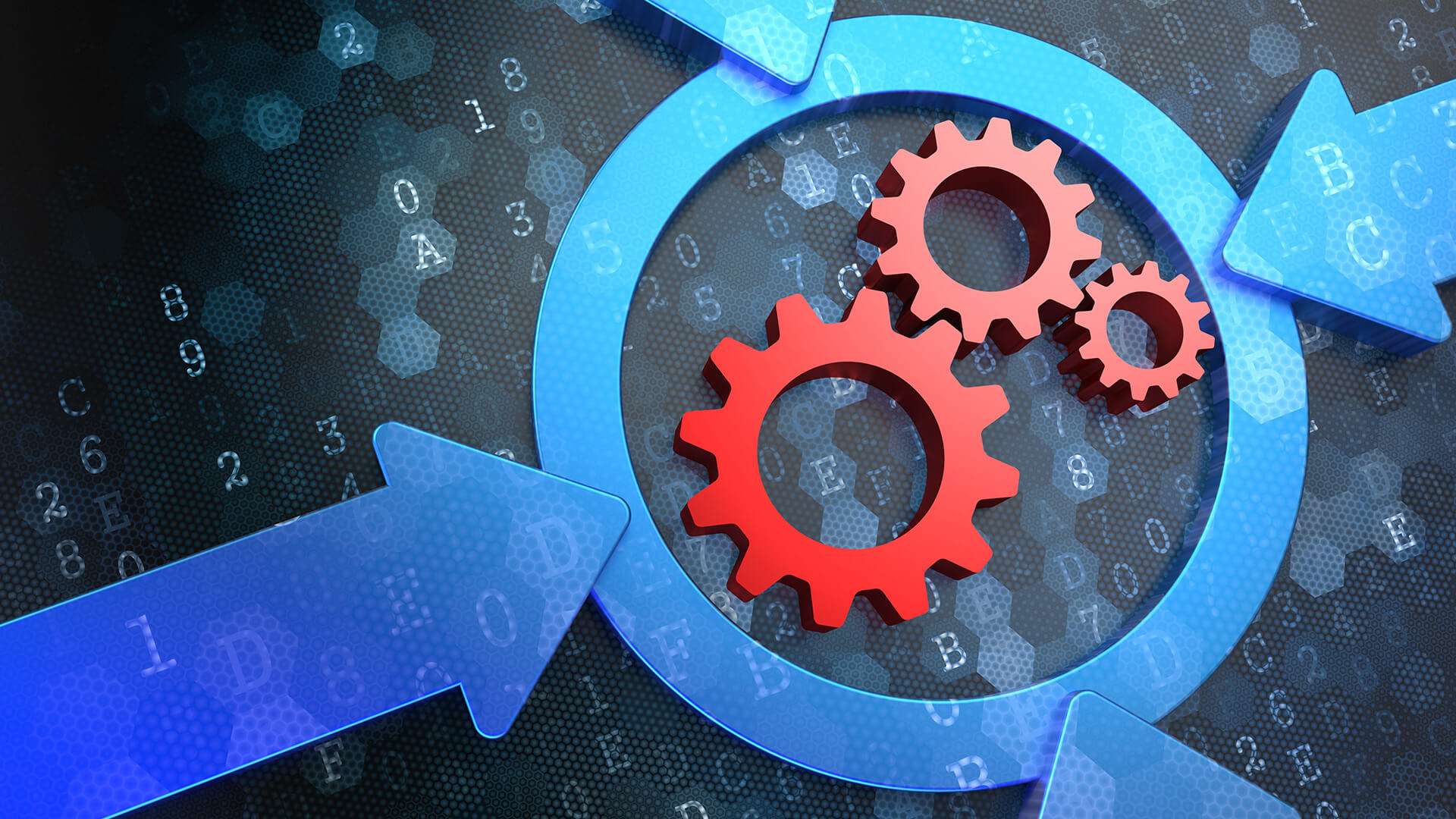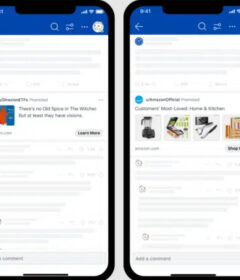Using automation to execute PPC strategy

Looking to automate aspects of your PPC campaigns? Columnist Jeff Baum discusses how to define your automation requirements and choose the right kind of technology.
Both technology and automation play a huge role in the digital marketing space. Paid search and social functionality is more complex than ever, the number of platforms and networks that need to be managed is constantly expanding and clients are demanding deeper analysis and insights. These convergent dynamics put a strain on the account manager’s ability to efficiently manage accounts.
The right technology provides the ability to automate routine tasks and solve complex problems quickly, which frees up account managers to focus more on strategic planning and exploring new growth opportunities.
Defining automation requirements
The difficult part about automating a PPC account is figuring out where to begin. How do we determine what to automate, and how do we identify the right set of technologies for the job?
The first step in the process of answering this question is fully understanding what an account’s goals are (or should be). You can find out this information through business download meetings, comprehensive data analysis, industry analysis and account audits. Once you’ve clearly defined goals, you must devise a strategy to reach those goals.
A clear strategy brings into focus the types of tasks that need to be completed and the kinds of technologies and automations needed to execute it. Below is an example of how I determined the automations needed to reach goals for an account I manage.
The account has a cost-per-lead goal of $200. Our optimizations primarily consist of pausing non-converting spend, adjusting bids either up or down depending on individual keyword performance, analysis of search query reports for negative matches and analysis of placement reports to identify non-performing sites to exclude.
We complete these optimizations on varying schedules ranging from daily to monthly. Because the account is so large, it takes a ton of time to manually complete these routine tasks and takes away from working on higher-impact growth initiatives.
Based on the above information, we were able to implement a comprehensive set of automation rules to manage standard account optimizations. Here’s a sampling of some of the rules we set:
- Pause all keywords spending more than $300 without a conversion over the past 30 days.
- Pause all ad groups spending more than $300 without a conversion over the past 30 days.
- Reduce bids 25 percent on all keywords with a greater than $500 cost per acquisition over the past 30 days.
- Exclude all placements with 0 conversions and more than 25 clicks.
- Pause queries with 0 conversions and more than $300 in spend.
Any automation we put in place should directly support the outcome that we’re trying to achieve. Automation rules that aren’t in alignment with overall account strategy can lead to poor performance. Carefully think through any automation plan, and consider both the benefits and risks before implementing.
What kind of technology should I use?
The answer to this question is, “It depends.” There are dozens of technology solutions on the market, ranging from reporting platforms to bid management solutions to technology that automates creative testing.
Additionally, the advertising platforms themselves offer automated bid management functionality and provide the ability to pause keywords, ad groups and campaigns, based on specifically defined criteria. You can even set up scripts in Google that allow for paid search accounts to be integrated into an organization’s inventory or CRM system.
Budget and account size certainly play a large part in deciding whether to utilize a third-party technology solution or free tools the advertising platforms offer. It’s important to weigh cost vs. time saved in order to focus on big strategic initiatives.
At Hanapin, we utilize a reporting tool called NinjaCat. This reporting tool automatically pulls spend from a variety of advertising platforms and other associated account data such as clicks, impressions and click-through rate. The tool allows you to create dashboards and KPI graphs that track performance vs. your goal(s). It’s well worth the monetary investment, because automating data collection (rather than compiling it manually) frees up account managers to focus on taking action in accounts.
When deciding whether to use paid technology vs. a less powerful free tool, I use the following criteria:
- Can free automation tools help me meet account goals and execute strategy effectively?
- Do paid tools offer me functionality that provides deeper performance insights that I can’t get from free tools?
- Will I save a significant amount of time with a free tool, above and beyond what I would save by using a paid tool?
Having a defined criteria for when to use technology will make it easier to decide whether or not it’s worthwhile to invest in technology.
Final thoughts
You should deploy technology primarily to quickly and efficiently execute strategy and reach goals. Too often, automation is narrowly viewed as a shortcut to reducing workload. While it’s important to make workloads more efficient, it’s more important not to lose sight of the big picture, which is improving account performance.


